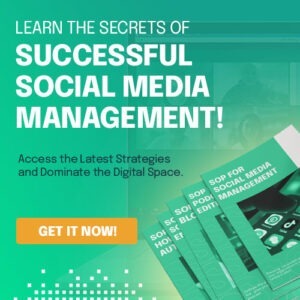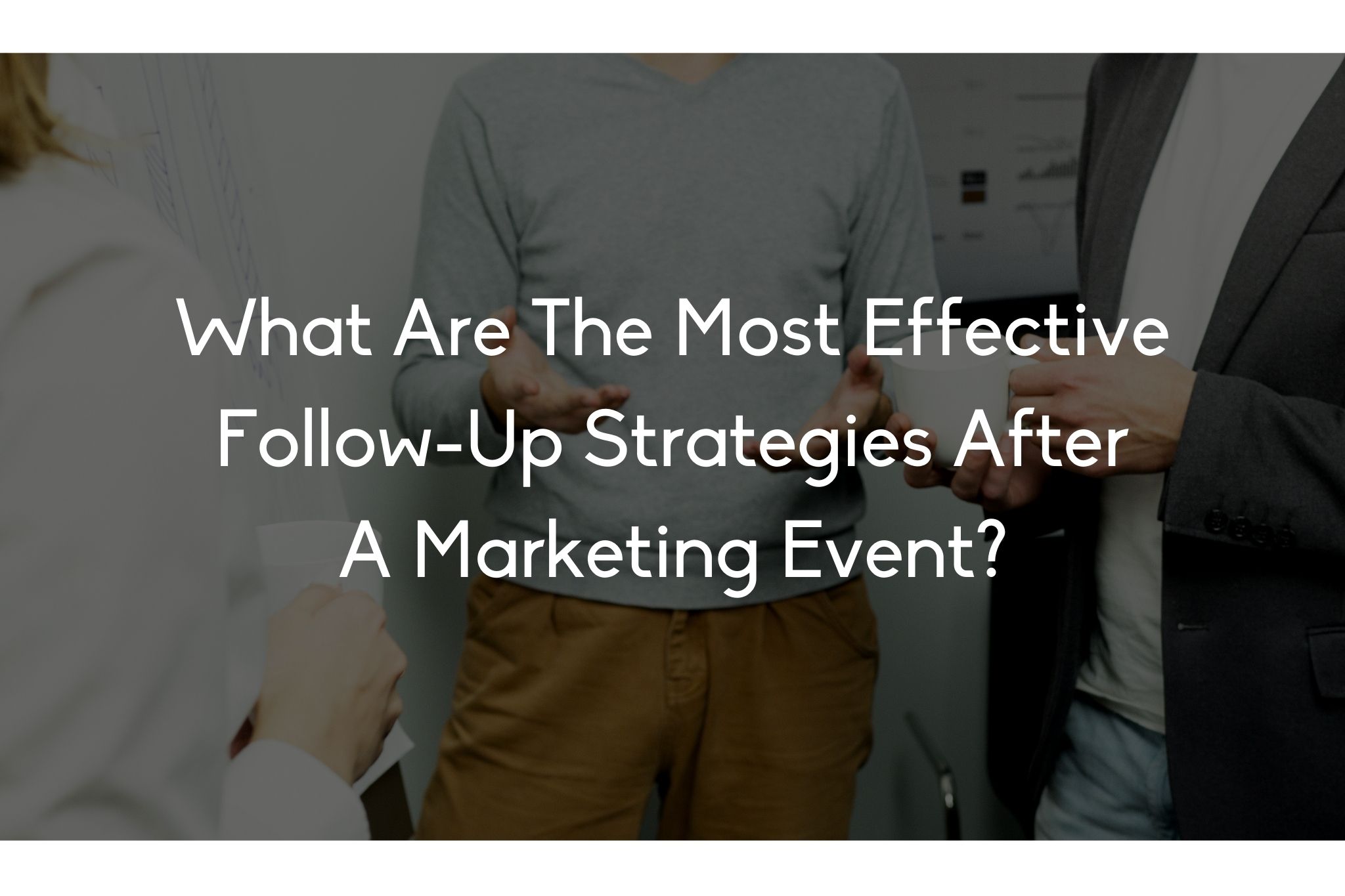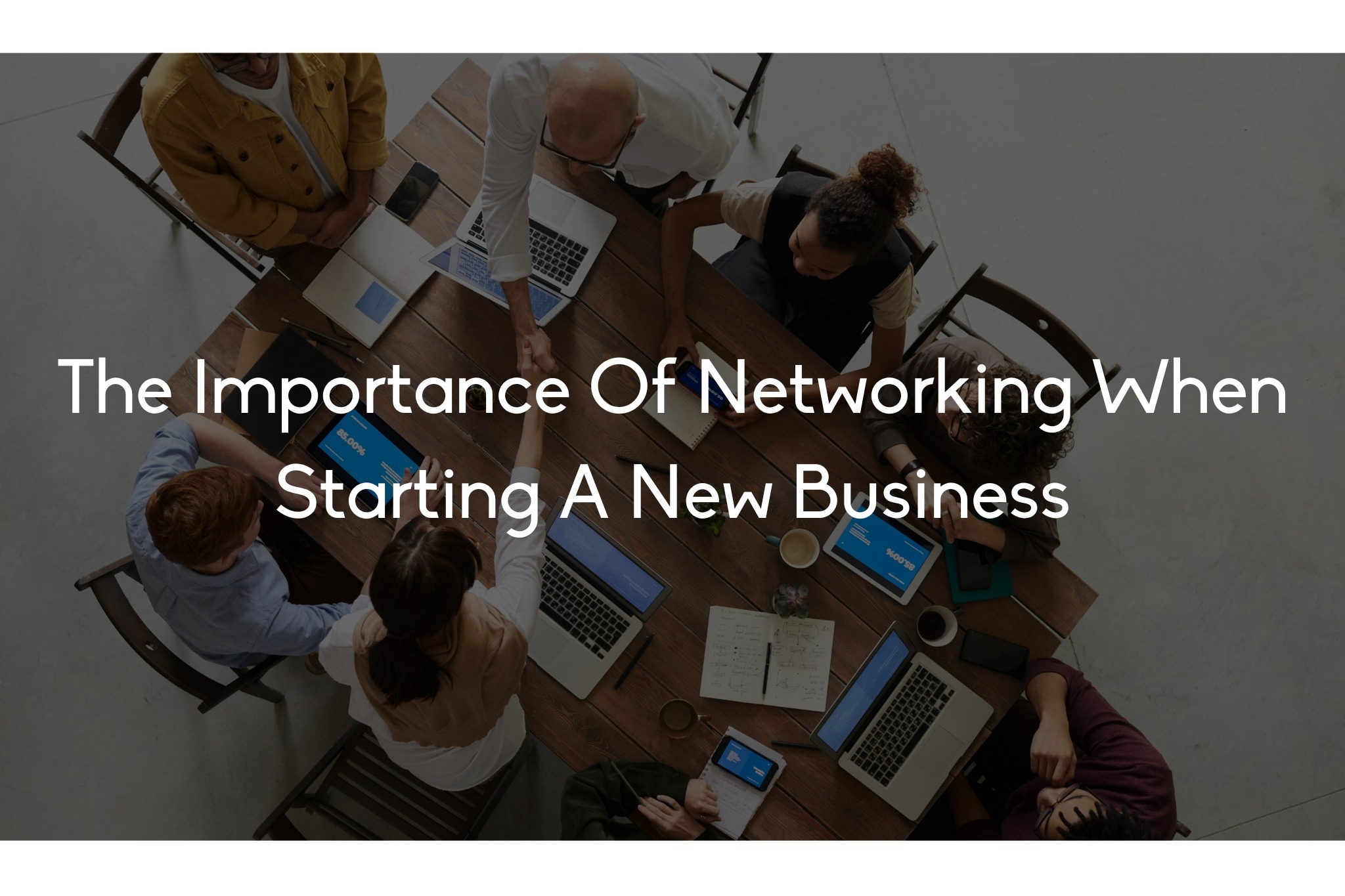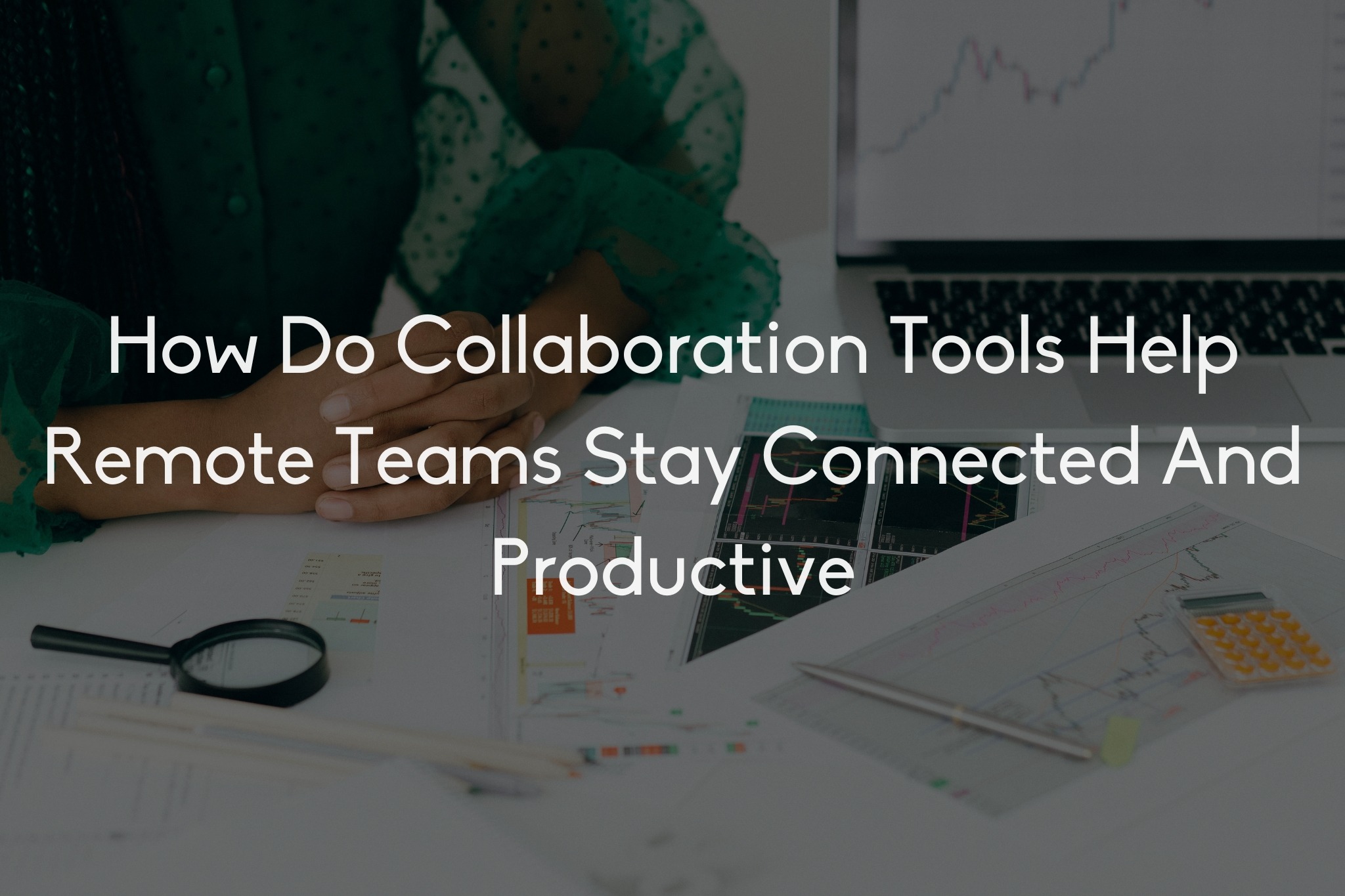
So, you’ve just wrapped up a marketing event. The buzz is still in the air, the business cards are stacked on your desk, and your head is spinning with ideas. But here’s the million-dollar question: what happens next? The follow-up is where the magic happens. It’s your chance to turn those fleeting connections into meaningful relationships. In this article, we’ll explore the most effective follow-up strategies to ensure that your hard work at the event pays off.
Whether you’re a seasoned marketer or just starting out, knowing how to effectively follow up after a marketing event can make all the difference in converting leads and building lasting connections. From personalized emails to social media engagement, we’ll break down practical strategies that can help you capitalize on your efforts.
Let’s dive into the nitty-gritty of follow-up strategies that can elevate your post-event game. These aren’t just theoretical ideas; they’re actionable steps you can implement right away.
1. The Power of Personalization
Detailed Answer
Personalization is key when it comes to follow-ups. Generic messages can easily get lost in crowded inboxes, so take the time to customize your communications.
- Use Their Name: Start with a friendly greeting using the recipient’s name. This simple touch can make your message feel more personal and less robotic.
- Reference Specific Conversations: If you had a meaningful conversation with someone at the event, mention it in your follow-up. For instance, “I really enjoyed our discussion about sustainable marketing practices.” This shows you were engaged and value the connection.
- Tailor Content to Their Interests: If you learned about their specific interests or challenges during your conversation, use this knowledge to provide relevant content or resources. This could be a helpful article, a case study, or even an invite to a webinar that aligns with their interests.
2. Timeliness Matters
Detailed Answer
Timing is everything in follow-ups. Ideally, you should reach out within a few days after the event while the experience is still fresh in everyone’s minds. Here’s how to stay timely:
- Set Reminders: As soon as the event concludes, set reminders to follow up with attendees. This way, you won’t let too much time slip by.
- Craft a Follow-Up Schedule: Decide on a follow-up strategy and stick to it. For example, send a thank-you email within 48 hours, then follow up with additional content a week later.
3. Leverage Multiple Channels
Detailed Answer
Don’t limit yourself to just one form of communication. Use a multi-channel approach to maximize your reach and effectiveness.
- Email: This is still the gold standard for follow-ups. A well-crafted email can do wonders for maintaining engagement.
- Social Media: Connect with attendees on platforms like LinkedIn. Send a quick note saying you enjoyed meeting them and would like to stay connected.
- Phone Calls: For high-value leads or key connections, a quick phone call can leave a lasting impression. It’s a more personal touch that can really set you apart.
4. Provide Value in Every Interaction
Detailed Answer
Every follow-up should offer something of value to your contacts. This could be in the form of:
- Informative Content: Share articles, blogs, or reports that relate to your conversation. This not only keeps you top-of-mind but also positions you as a valuable resource.
- Exclusive Offers: Consider providing special offers or discounts to event attendees. This could encourage them to engage with your products or services.
- Invitations to Future Events: If you’re hosting upcoming webinars, workshops, or events, invite your new contacts. This keeps the connection alive and shows you’re invested in their interests.

5. Segment Your Follow-Ups
Detailed Answer
Not all connections are created equal. Segmenting your follow-up efforts can help you tailor your approach effectively.
- Categorize Your Contacts: Divide attendees into categories based on their potential value to your business, such as high-value leads, potential partners, or industry influencers.
- Customize Messages Accordingly: Your messaging should reflect the category. High-value leads may receive a more personalized and direct approach, while industry influencers might appreciate a more casual engagement.
6. Track and Measure Your Follow-Up Efforts
Detailed Answer
It’s essential to track the effectiveness of your follow-up strategies. This will help you refine your approach for future events.
- Use CRM Tools: Leverage customer relationship management (CRM) software to log your follow-up activities and interactions. This makes it easier to track which contacts have been engaged and how.
- Monitor Engagement Metrics: Pay attention to open rates, click-through rates, and responses to your emails and messages. This data will guide your future follow-up strategies.
7. Create a Follow-Up Plan
Detailed Answer
A well-structured follow-up plan can simplify the process and keep you organized. Here’s how to create one:
- Outline Your Goals: Determine what you want to achieve with your follow-ups, whether it’s securing meetings, increasing engagement, or driving sales.
- Draft Templates: Prepare templates for different types of follow-ups, but ensure you personalize them before sending. This saves time while maintaining a personal touch.
- Set Timelines: Establish a timeline for your follow-up activities. For example, you might plan to send an initial thank-you email within 48 hours, followed by a resource email a week later.
8. Don’t Be Afraid to Be Persistent
Detailed Answer
Persistence can pay off, but it’s important to find the right balance. If you don’t hear back after your first follow-up, don’t hesitate to reach out again, but keep it polite and respectful.
- Follow Up Again: A second follow-up a week or two later can be effective. Keep the tone friendly, and perhaps reference a new piece of content or offer.
- Know When to Step Back: If you still don’t receive a response after a couple of attempts, it’s okay to take a step back. You can always re-engage later or at the next event.
Conclusion: Turning Connections into Relationships
Following up after a marketing event is not just a box to check; it’s an opportunity to cultivate relationships that can lead to future business opportunities. By personalizing your outreach, providing value, and being timely and persistent, you can significantly enhance your post-event engagement.
Remember, each connection has the potential to turn into a partnership, a referral, or a loyal customer. So, take these strategies to heart and make your follow-up efforts count. Happy connecting!




